Build-A-Rig Round 1: The $1500 PCs and Interviews from Corsair and Zotac
by Ian Cutress on July 8, 2015 5:15 PM EST- Posted in
- Build-A-Rig
- Corsair
- ZOTAC
- Interview
Corsair's 'The Accelerator'
When Dustin from Corsair sent me his build, it was clearly obvious where the focus was. While $1500 is a relatively large budget for a system, when you put in the high value components it starts to get tricky where the rest of the budget should be spent, and sometimes compromises have to be made. As Dustin says in his interview, the build is designed for 4K single monitor gaming, and it clearly shows.
| Corsair's 'The Accelerator' | |||
| Component | Selection | Price as Chosen |
90-Day Average |
| Processor (CPU) | Intel Core i5-4690K | $239.99 | $237.62 |
| Motherboard | GIGABYTE GA-Z97-HD3 | $89.99 | $97.99 |
| Graphics Cards (GPU) | Zotac GTX 980 Ti | $649.99 | $649.99 |
| Memory (DRAM) | Corsair Vengeance Pro 2x8GB DDR3-1866 C9 |
$104.99 | $118.36 |
| Storage (SSD/HDD) | Corsair Force LS 240 GB SSD | $94.99 | $99.51 |
| Power Supply (PSU) | Corsair CS650M Gold | $94.99 | $94.99 |
| Chassis | Corsair Carbide 200R | $59.99 | $59.99 |
| CPU Cooling | Corsair Hydro H60 | $64.99 | $64.33 |
| Operating System | Windows 8.1 64-bit OEM | $99.99 | $99.99 |
| Extras | None | ||
| Total | $1,499.91 | $1,522.77 | |
Processor (CPU) – Intel Core i5-4690K ($240)
In Intel’s processor line, the K branded models are those designed for overclocking. They cost a little bit extra, but with the right cooling can be pushed a few hundred MHz higher. The Core i5-4690K is the Devil’s Canyon quad core model without hyperthreading (the i7 has HT, but costs extra), but I often chosen as the processor that fits on the price/performance boundary for many Intel focused builds.
Motherboard – GIGABYTE GA-Z97-HD3 ($90, total so far $330)
The Z97-HD3 comprises of two factors here. The Z97 is the overclocking chipset, meaning that it fits in well with the overclocking processor. The HD3 is part of GIGABYTE’s channel range, aimed at bulk build systems but still aims to retain GIGABYTE’s level of options (such as Dual BIOS and Realtek ALC1150 audio) at a lower price point. Looking at the build as a whole, it is clear that this is an area where cost was perhaps saved in order to get the price down, otherwise one of GIGABYTE’s OC models might have been on the cards.
Graphics Cards – Zotac GTX 980 Ti ($650, total so far $980)
At almost half the cost of the whole machine, Dustin from Corsair has plumped straight for NVIDIA’s recently released high end performer aimed at 4K gaming. In an element of camaraderie, here we have Zotac’s base version of the card but it represents the core element of the system. Matched with an overclocked i5 and all in for a $1500 price point is perhaps a level of epic specification prodding, although only if the rest of the system can withstand it. The Zotac GTX 980 Ti sits with 2816 CUDA Cores on large Maxwell at 1000/1076 MHz on the core, 6GB of GDDR5 at 7010 (effective) MHz and the stock cooler.
Memory – Corsair Vengeance Pro 16GB (2x8GB) DDR3-1866 ($105, total so far $1085)
For a dual channel platform, Z97 needs at least two memory modules to achieve full memory bandwidth. The dual channel kit here is not the best and brightest, but it does represent a small increase over the base speed (1600 MHz) and for 99% of users, the 16GB amount should be more than enough.
Storage – Corsair Force LS 240GB ($95, total so far $1180)
The sole drive in the system is Corsair’s 240GB budget range drive, featuring the Phison PS3108 controller which Kristian reviewed here. In most cases, especially in 2015, one of the biggest upgrades a system could have is an SSD. Now we are over the initial entry period where some early models had performance issues, almost everything from the big brands should feel speedy. There is still a performance delta between the mid-range and the high-end, as well as some differentiation in utilities or specific features, but for a $1500 build, the SSD should still be a de-facto add.
Power Supply – Corsair CSM Series 650W CS650M 80PLUS Gold ($95, total so far $1275)
In most systems the big power sources are the CPU and the graphics card. For this build, the CPU sits at a TDP of 88W with the GPU at 250W. If we consider that the rest of the system adds on a small amount (~50W), and that we might use some extra power with an overclock (+25%), then 650W is well within the margin for the components used. As we’ll see in the interview in the next page, Corsair is very confident in their power supplies, even ones sitting in the mid-range of their product lines, to power 4K gaming builds.
Chassis – Corsair Carbide Series 200R ($60, total so far $1335)
You may be noticing a pattern here – in order to fit both the i5 and the GTX 980 Ti into the system, Corsair is having to use their entry and mid-range components in order to match the pricing. The 200R here is admittedly a low margin but higher volume product for Corsair, and at $60 we don’t see any aluminium for example. However, Corsair still retains that even their entry level components are suitable for gaming builds of this caliber.
CPU Cooling – Corsair Hydro Series H60 ($65, total so far $1400)
With CPU cooling there is obviously two ways where most companies will go: large air coolers or closed loop liquid coolers (CLLCs). There are a number of vocal detractors from CLLCs, focusing on their cost, design or even concept altogether. Corsair is head first into the CLLC market, meaning it was pretty obvious which direction they would choose. The H60 is another mid-range component, featuring a double-width 12cm single radiator with fans.
Operating System – Microsoft Windows 8.1 64-bit OEM ($100, total so far $1500)
Windows 10 is around the corner, so at this point Windows 8.1 is the defacto choice unless for some reason the builder went with a gaming system built on Linux. This is the OEM edition, meaning limited support, but it will still be viable for an upgrade to Windows 10 when the time comes.
| Corsair's 'The Accelerator' | |||
| Component | Selection | Price as Chosen |
90-Day Average |
| Processor (CPU) | Intel Core i5-4690K | $239.99 | $237.62 |
| Motherboard | GIGABYTE GA-Z97-HD3 | $89.99 | $97.99 |
| Graphics Cards (GPU) | Zotac GTX 980 Ti | $649.99 | $649.99 |
| Memory (DRAM) | Corsair Vengeance Pro 2x8GB DDR3-1866 C9 |
$104.99 | $118.36 |
| Storage (SSD/HDD) | Corsair Force LS 240 GB SSD | $94.99 | $99.51 |
| Power Supply (PSU) | Corsair CS650M Gold | $94.99 | $94.99 |
| Chassis | Corsair Carbide 200R | $59.99 | $59.99 |
| CPU Cooling | Corsair Hydro H60 | $64.99 | $64.33 |
| Operating System | Windows 8.1 64-bit OEM | $99.99 | $99.99 |
| Extras | None | ||
| Total | $1,499.91 | $1,522.77 | |
There are many philosophies regarding building a PC, particularly a gaming PC. Some say that focusing on one high profile component and building the system around it means that when it comes time for an upgrade the user can then spend on the lowest performing part each time before cycling around the system. Others suggest making the system a level playing field, so no one part is left behind acting as a severe bottleneck. With gaming, GPU performance matters, with CPU performance (particularly threads in newer titles) being a key aspect as well. This has perhaps left the rest of the system fighting over scraps, albeit with potential upgrade opportunities in the future. Though one might argue that aesthetics should also be an important aspect, especially on a $1500 build. Some will prefer the muted choice of parts, although others may want something a little more obvious. For that, it is clear that some performance sacrifices might have to be made.


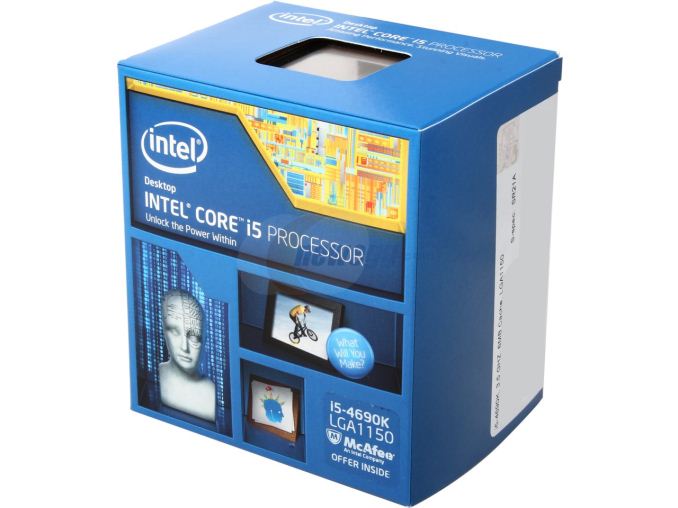
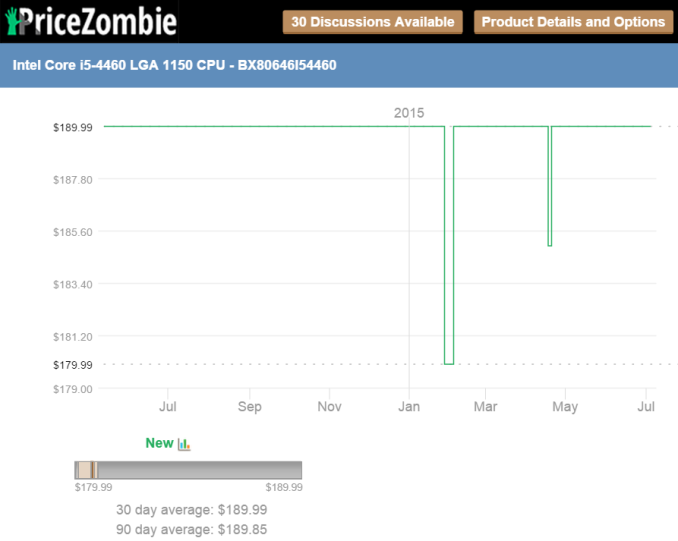
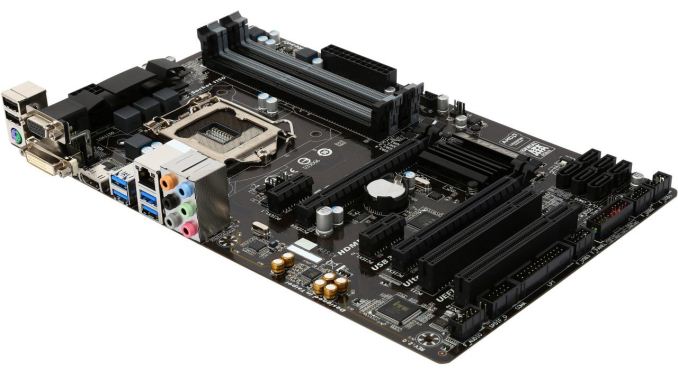
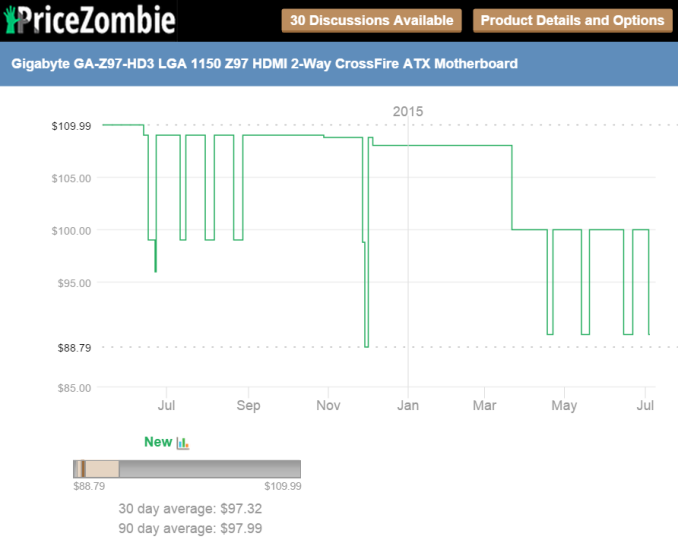
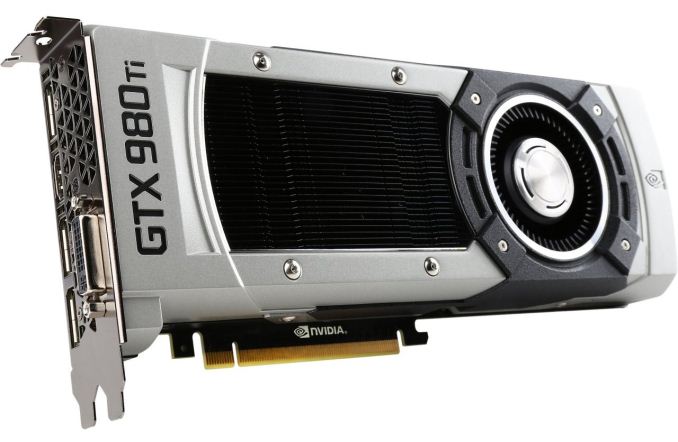
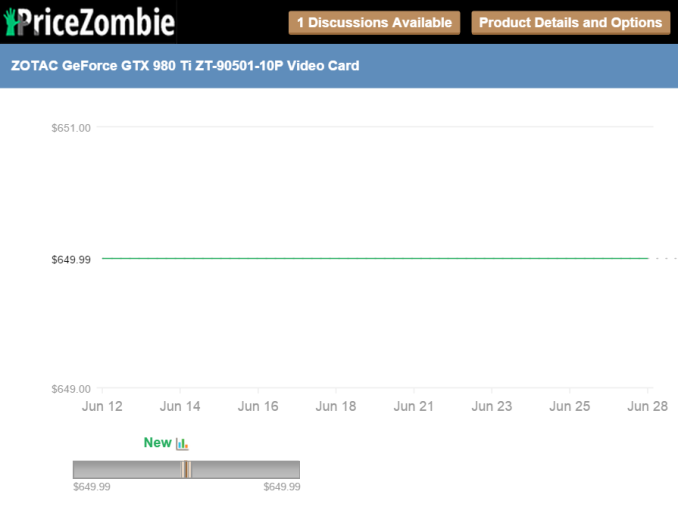
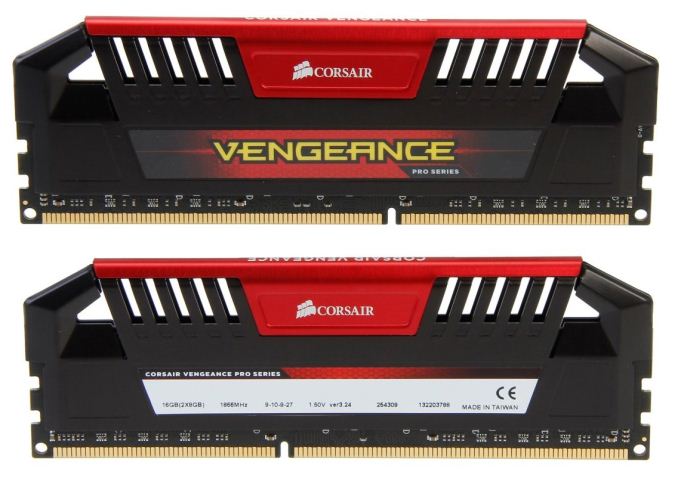

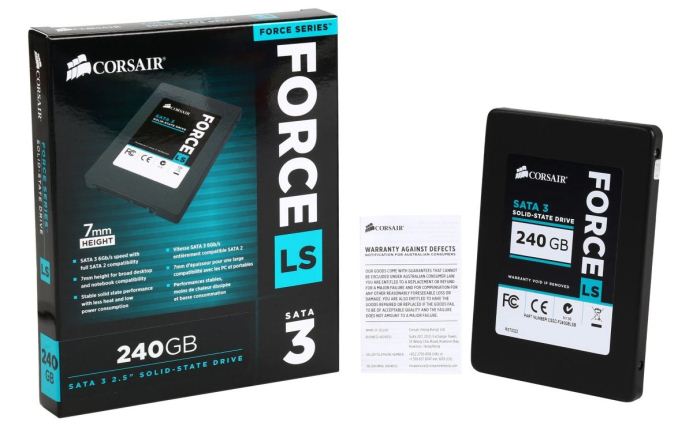
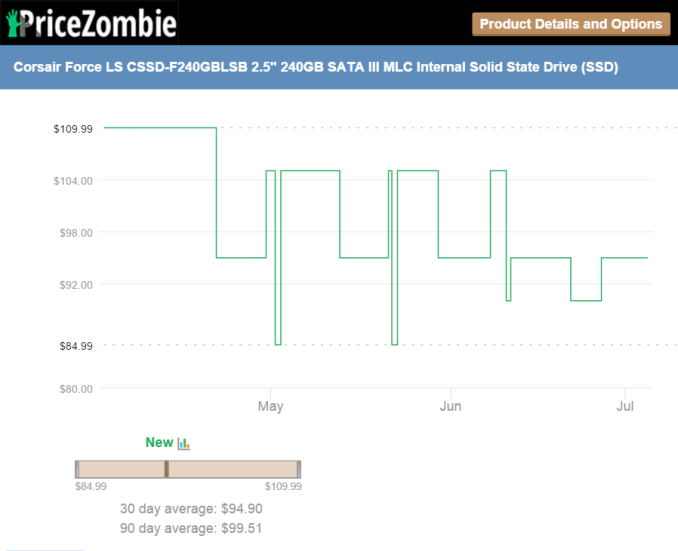


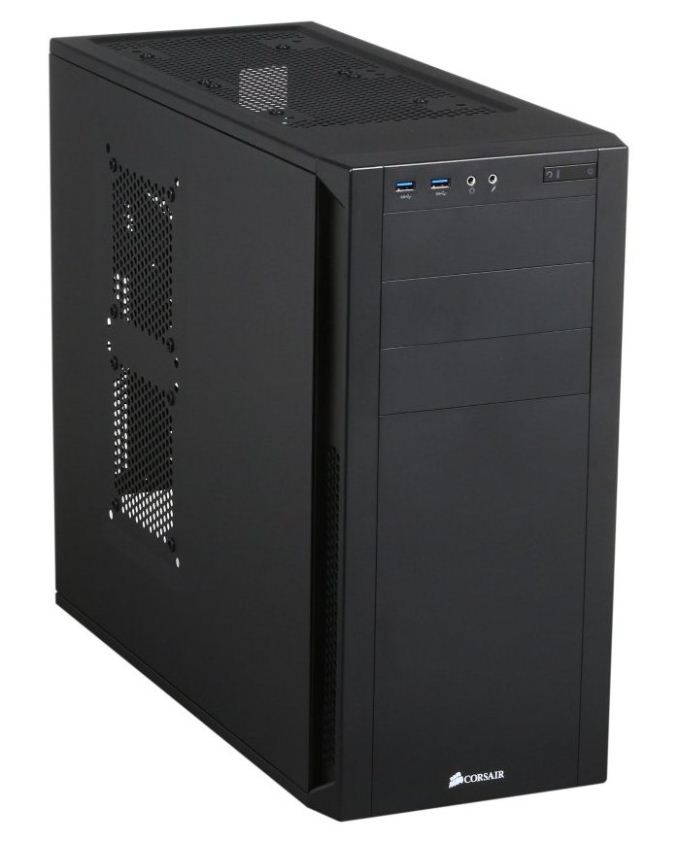
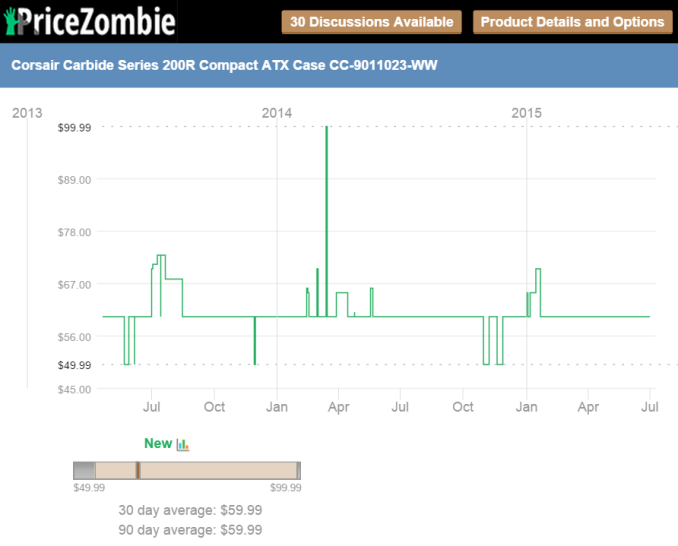
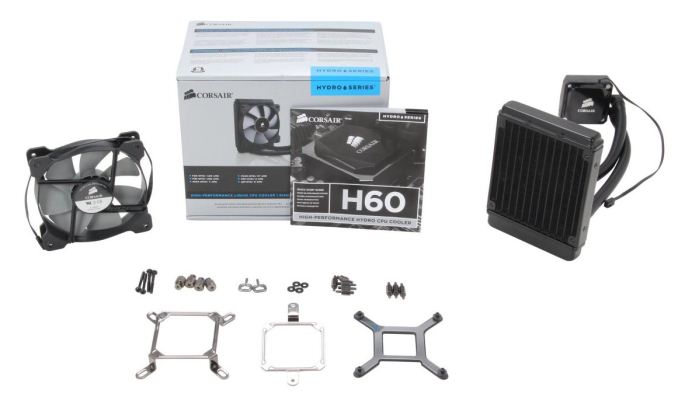
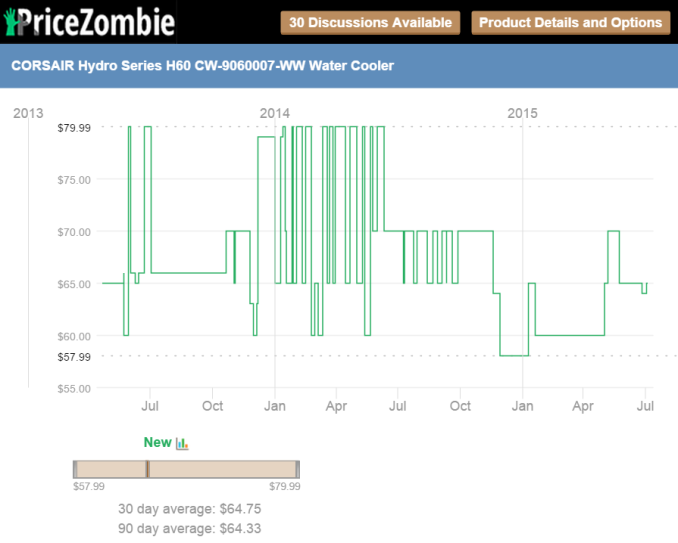
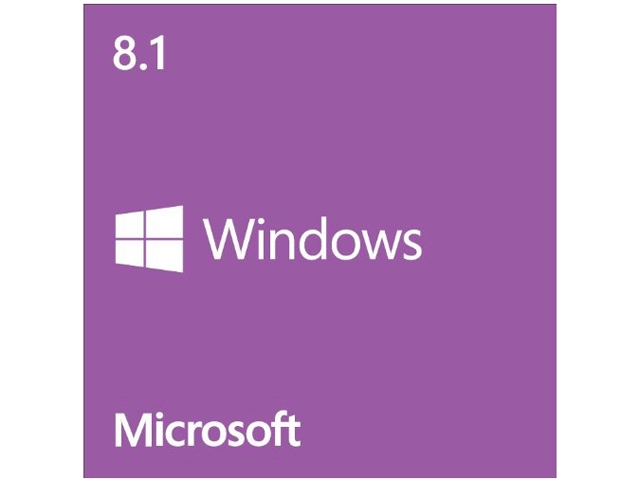
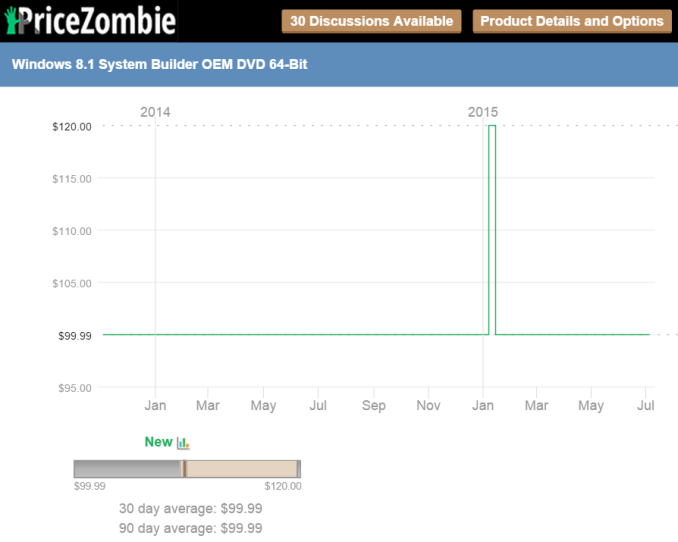














117 Comments
View All Comments
DanNeely - Thursday, July 9, 2015 - link
If anything, I'd say Chinny's system is better balanced. Dustin went all in for FPS at the expense of everyone else (brilliantly pandering to the commentariat); but a 970 is enough to run most of the eye candy at 1440p and more or less max everything out at 1080p. The only thing I'd critique Chinny's build for is only going with 8gb of ram; but that's easy enough to fix while staying in budget (OEM windows, or no USB-DVD, or no light kit, or etc) or in an after the fact upgrade. Dustin's undersized SSD is a bigger problem and doesn't present as easy of an option to fix. Even with a NAS available to offload media, I'd be leery of recommending only 256GB of storage to anyone into gaming. The biggest current titles devour enough that unless you're someone who plays a single game until they get bored and never goes back that you'd be wasting a lot of time un/reinstalling titles because they won't all fit.ImSpartacus - Thursday, July 9, 2015 - link
Dustin said that a "single monitor" meant that it had to do 4k.Given the 4k requirement, he configured his system well.
However, if single monitor means 1440p, then it's overkill.
fokka - Thursday, July 9, 2015 - link
it's well balaced if you only look at the core components like CPU, RAM and graphics, but why use an expensive 750w power supply? why use a 240mm radiator for a non-overclocked CPU, when you've got an air cooled graphics card in the same case, making much more noise?having a clean and quite build is nice and well, but the amount of power the zotac build sacrifices compared to dustin's, while spending loads of money on unnecessary and poorly balanced components just aren't worth it imho.
ImSpartacus - Wednesday, July 8, 2015 - link
Dustin Sklavos is my spirit animal.Qrash - Wednesday, July 8, 2015 - link
A quick check at the provided NewEgg link and on the Gigabyte website indicatest that the GA-Z97-HD3 audio solution is the Realtek ALC887 not the 1150. Perhaps the model name is incorrect?http://www.gigabyte.us/products/product-page.aspx?...
Chinny Chuang - Wednesday, July 8, 2015 - link
Hi Guys! Sorry that some of you didn't like the Hey Good Looking build. I like a very clean and minimal system and it really looks great to me. I thought had a good balance of storage, speed, and power. I like that the Dustin system uses a ZOTAC 980Ti =) but the ZOTAC 980 Ti AMP! would have been even better! (same selling price)dakishimesan - Wednesday, July 8, 2015 - link
Looks matter, and I like your build very much.Dustin Sklavos - Wednesday, July 8, 2015 - link
I would have if it were available when I put it together. :)I do think it's a drag that your build went in before mine and wasn't able to score a 980 Ti.
I love your build, though. Maybe you and I should collaborate on a build that we can post to both Zotac and Corsair's FBs? I totally understand where you're coming from with yours (say hi to Buu for me!) and think we could put together a system that has both our names on it. :)
Chinny Chuang - Thursday, July 9, 2015 - link
Hi Dustin, thank you for picking ZOTAC GTX 980 Ti on your awesome build. yeah, I think building something together is a great idea; let's build a "Dream Machine" and share it on our social media!Tchamber - Friday, July 10, 2015 - link
Chinny, your system is good, perhaps not as performance oriented as Dustin's, but I for one can't stand running out of disk space, and appreciate the larger SSD. The case, too, it looks sharp, and no one wants an eyesore sitting on his desk! It's nice to see such varied machines with the same price point.